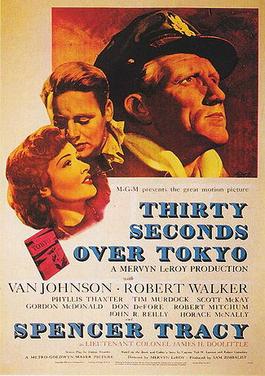David K. Hayward writes a epistolary non-fiction work that reads like a scrapbook your neighbor would show to you. It is sprinkled with photos, sketches, cartoons and diary entries. World War II never seemed so pleasant. I mean that as a compliment. The war was there, but the blood and guts were not...great job Mr. Hayward. I recently read Adam Makos’s A Higher Call , which was a more violent look at the war in the skies, albeit equally entertaining. In the introduction, Mr. Hayward explains why a 91-year old veteran of World War II would write a book. “The answer? Most of the writing has been done. It was a matter of putting the pieces together, like a jigsaw puzzle.” He is a man of his word, the book follows his three and a half years and fifty three missions in the China-Burma-India Theater of Operations during World War II. Also patched throughout the book are his exploits during his down time and the details of his many reunions with the 22nd Bomb Squadron.
Mr. Hayward explains on page 121 what his job entailed…”I must emphasize that the mission of the B-25 medium bomber in the China-Burma-India Theater was not to attack population centers but rather non-civilian targets such as bridges, airfields, and ships used by the enemy to move it’s supplies.” Those missions are peppered throughout the book along with his stateside training with the many different bombers and fighters of the times. Surprising to me was the amount of young pilots that were killed during these non-combat training exercises. After Hayward’s 53 missions, he was assigned to Bolling Field in the District of Columbia. Until the war’s end, Lt. Hayward test flew aircraft recently repaired, flew mail to General George C. Marshall, flew ‘missing man’ formations during ceremonies, and co-piloted for the Secretary of War, Henry L. Stimson, on internal missions. While this book was far from exciting, it does give the reader an ‘eyewitness account’ of how it was to be a participant of the war.
Hayward touches on the famous Doolittle bombing of Tokyo and Yokohama that began about four months after Japan’s December 1941 Pearl Harbor attack. Sixteen B25 Mitchells were launched from the USS Hornet in a mostly propaganda attack of Japan. On their return most of the U.S. bombers crashed or ditched before they reached the airfields in China. The prose and the book's tendencies seemed to me like ‘the man on the street’ was telling the story, which I think makes Hayward’s story somewhat charming. I know Mr. Hayward isn’t a noteworthy writer, but he kept me entertained. I think eyewitness accounts are invaluable to historians. I’m amazed that a man of 91 put his first book together... what took you so long? What’s next Lt. Hayward? I do recommend this “yeoman’s work”, by the way, no pun intended, Hayward’s brother served in the U.S. Navy during the war.
RATING: 4 out of 5 stars
Comment: My all time favorite Army Air Force movie is Thirty Seconds Over Tokyo , which I alluded to in the Doolittle paragraph. Wikipedia states: “Thirty Seconds Over Tokyo is a 1944 American war film released by Metro-Goldwyn-Mayer. It is based on the true story of the Doolittle Raid, America's first retaliatory air strike against Japan four months after the December 1941 Japanese attack on Pearl Harbor. Mervyn LeRoy directed Thirty Seconds Over Tokyo and Sam Zimbalist produced the film. The screenplay by Dalton Trumbo was based on the 1943 book of the same name, written by Captain Ted W. Lawson, a pilot who participated in the raid. In both the book and the film, Lawson gives an eyewitness account of the training, the mission, and the aftermath as experienced by his crew and others who flew the mission on April 18, 1942. Lawson piloted "The Ruptured Duck", the seventh of 16 B-25s to take off from the aircraft carrier USS Hornet. Thirty Seconds Over Tokyo stars Van Johnson as Lawson, Phyllis Thaxter as his wife Ellen, Robert Walker as Corporal David Thatcher, Robert Mitchum as Lieutenant Bob Gray and Spencer Tracy as Lieutenant Colonel Jimmy Doolittle, the man who planned and led the raid. The film is noted for its accurate depiction of the historical details of the raid, as well as its use of actual wartime footage of the bombers in some flying scenes."

